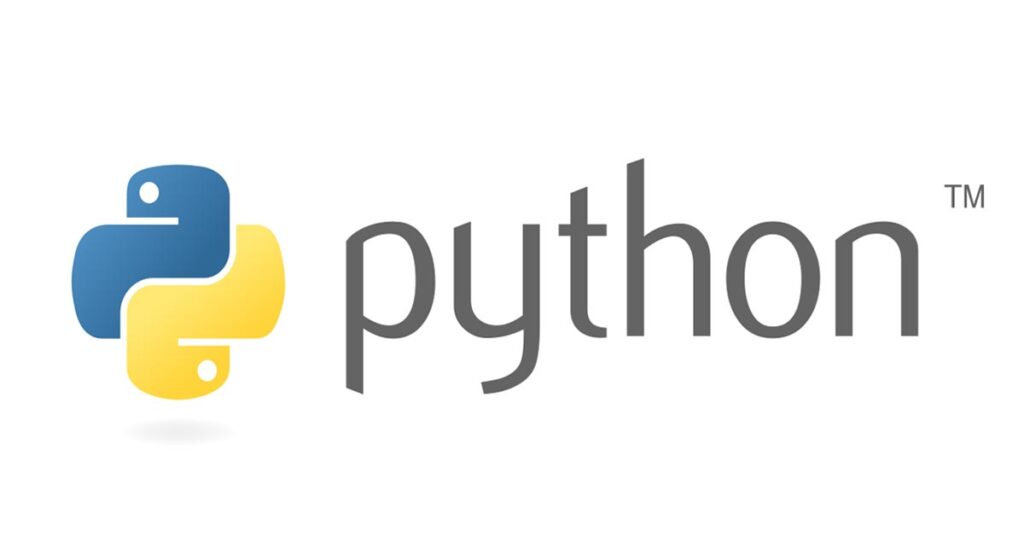Python, a high-level, interpreted programming language, has witnessed an exponential rise in popularity over the past decade. Its simplicity, versatility, and vast library ecosystem make it a top choice for both beginners and seasoned developers. Whether you’re looking to delve into web development, data science, artificial intelligence, or just automate mundane tasks, Python is the tool for you. In this article, we’ll embark on a journey to explore the foundational aspects of Python, guiding you through the initial steps to become proficient in this powerful language.
What will you learn from this article?
- A brief history and significance of Python in the modern tech landscape.
- Setting up your Python development environment.
- Writing your first Python script.
- Understanding Python’s syntax, data structures, and basic operations.
- Resources and next steps to deepen your Python knowledge.
How to Get Started with Python
Table of Contents
- A Brief History of Python
- Setting Up Your Python Environment
- Your First Python Script
- Understanding Python Syntax and Basics
- Frequently Asked Questions
- Final Thoughts
- Sources
A Brief History of Python
Python was conceived in the late 1980s by Guido van Rossum and was first released in 1991. It was designed with the philosophy that code should be easy to read and write. Over the years, Python has evolved, with its latest version, Python 3, being more powerful and efficient than ever. The language’s name isn’t derived from the snake but rather from the British comedy show “Monty Python’s Flying Circus,” which Guido was a fan of.
Setting Up Your Python Environment
Before diving into Python programming, it’s essential to set up your development environment. Here are the steps:
- Download and Install Python: Visit the official Python website and download the latest version. Follow the installation instructions specific to your operating system.
- Setting Up an IDE: While Python comes with IDLE, its default IDE, many developers prefer using more robust IDEs like PyCharm or Visual Studio Code. These offer features like code completion, debugging, and integration with version control systems.
- Verify Installation: Open your terminal or command prompt and type
python --version. This should display the version of Python you installed.
Your First Python Script
With your environment set up, let’s write your first Python script:
print("Hello, World!")
Save this as hello.py and run it using the command python hello.py. You should see the message “Hello, World!” printed to your console.
Understanding Python Syntax and Basics
Python is known for its readable syntax. Here are some foundational concepts:
- Indentation: Unlike other languages that use braces
{}, Python uses indentation to define code blocks. - Variables: Variables are used to store data values. In Python, you don’t need to declare a variable’s type. For example,
name = "John"assigns the string “John” to the variablename. - Data Structures: Python offers a range of data structures like lists, tuples, sets, and dictionaries.
- Loops and Conditionals: Python supports standard programming constructs like
forandwhileloops, as well asif-elif-elseconditionals.
Frequently Asked Questions
Final Thoughts
Python’s rise as a dominant programming language isn’t accidental. Its simplicity, combined with its power, makes it a preferred choice for a plethora of applications, from web development to AI research. The most crucial takeaway from this article is that Python offers a perfect blend of ease-of-use and functionality. As you continue your Python journey, remember that the vast community and rich ecosystem of libraries and frameworks are there to support you.
Sources
I write for and assist as the editor-in-chief here on Host Screamer. I’m a digital entrepreneur since 1992. Always Keep Learning! Notice: All content is published for educational and entertainment purposes only. NOT LIFE, HEALTH, SURVIVAL, FINANCIAL, BUSINESS, LEGAL OR ANY OTHER ADVICE. Learn more about Mark Mayo




